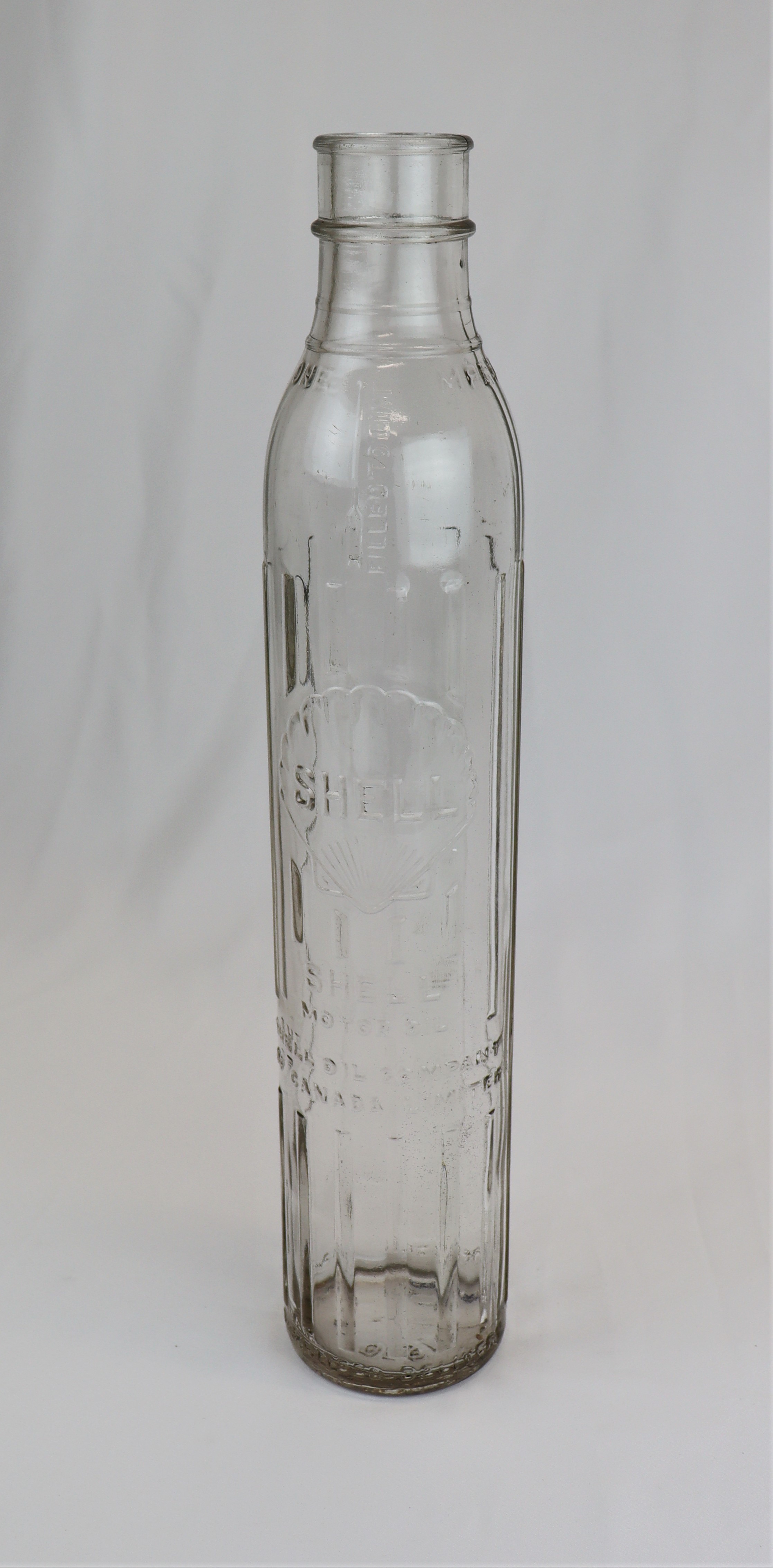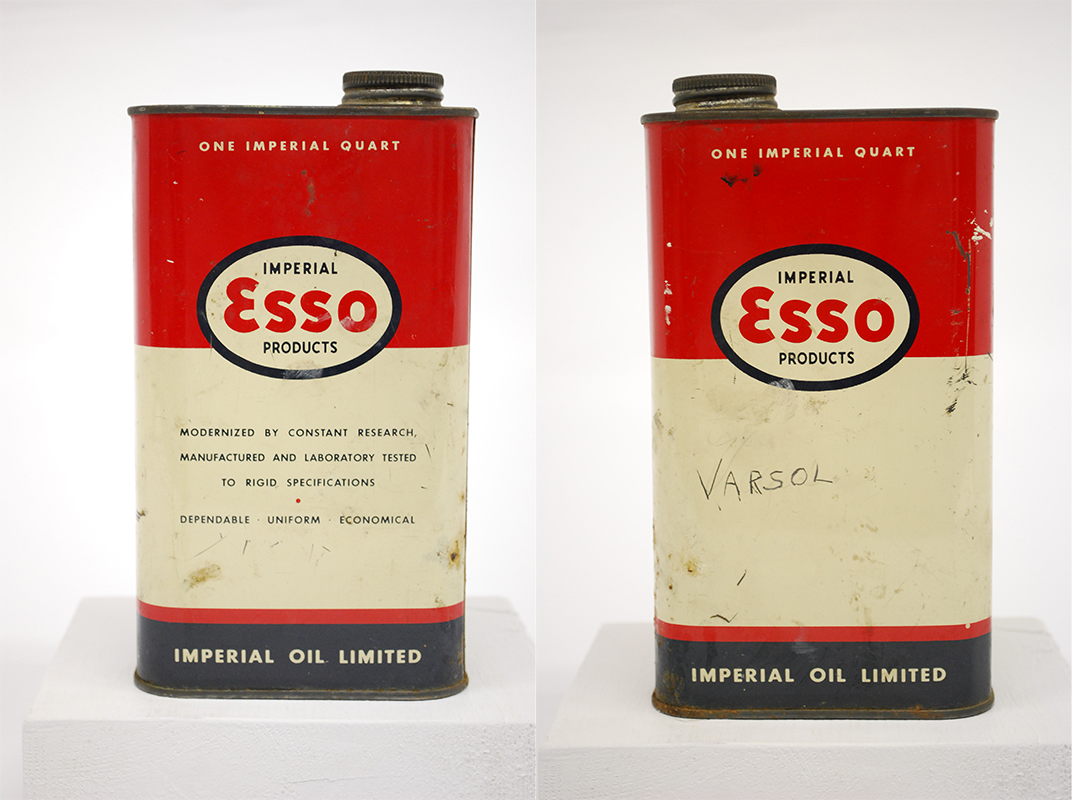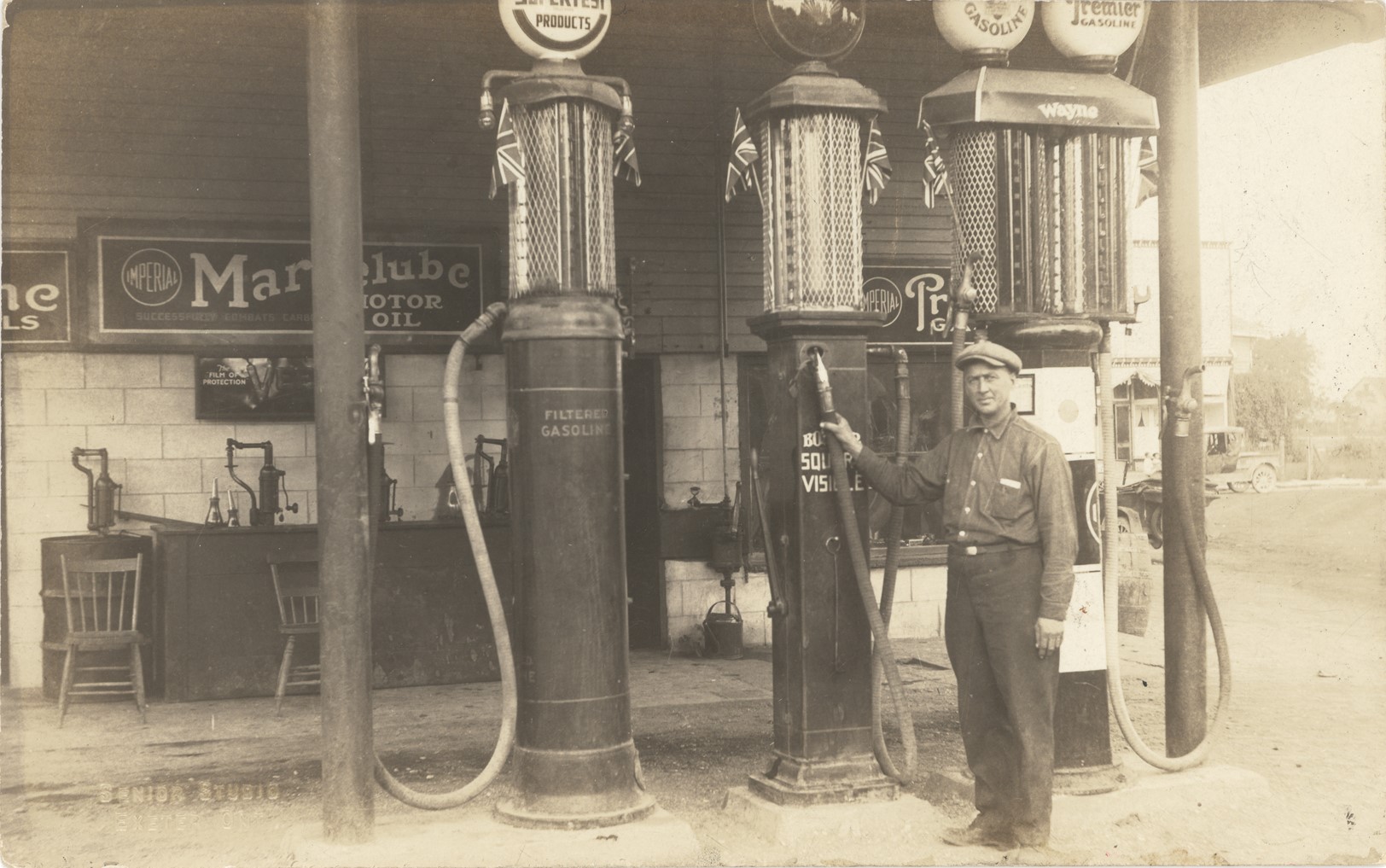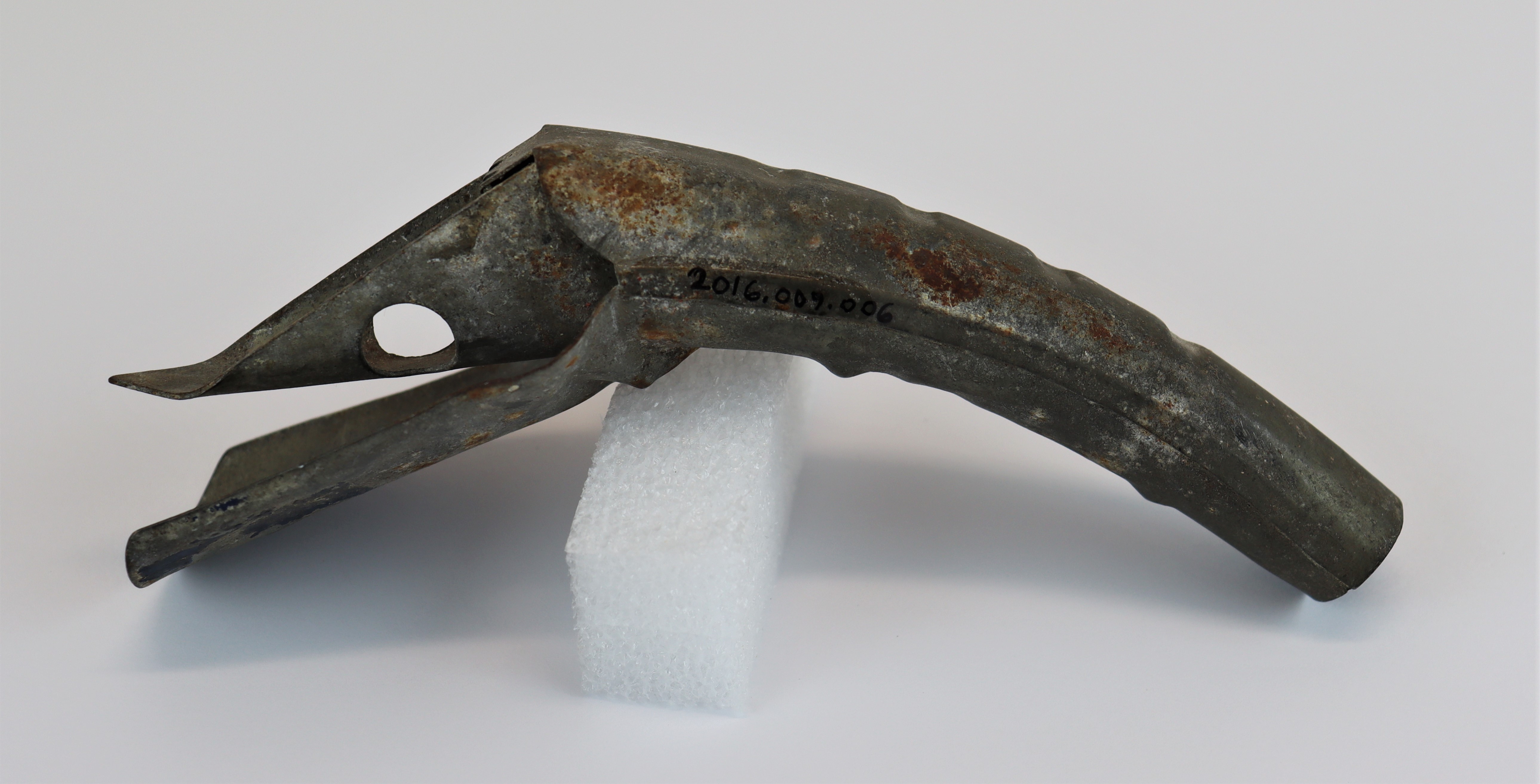History of the Oil Can
All Photos Courtesy of the Oil Museum of Canada
A Brief History of Oil Cans
The first tin-plated canisters or cans were patented in 1810 by a man named Peter Durand of England. He wanted to find a way to store food in containers that were more durable than glass. By 1900, food and petroleum products were the most commonly stores products in tin cans.
As the technology to make cans has not changed all that much over time, very little information is gathered from vintage oil cans themselves. Yet lots is understood by the labels about the companies that made the oil to fill those cans. Motor oil can collections are colorful and attention-getting. The logos mark dates in the evolution of the refining-marketing aspects of the oil industry.
The earliest oil cans were box-shaped. The cylindrical-shaped oil cans became commonplace in the 1940's. These round cans have a soldered lead-seam and were standard from the 1920's to the 1940's. The first aluminum cans for motor oil were made in 1958. Round plastic oil cans date to the 1960's. No matter the shape or material, oil cans serve as another opportunity for oil companies to advertise their brand name and logo.
During WWII's metal shortage, companies switched to cardboard cans, with paper sides and metal top and bottom. These were widely used right up into the 1980's.
Shell Motor Oil in Glass
Glass bottles were used from 1910-1934 and again during WWII when steel was needed for the war effort. Before the use of glass, oil was poured from open, steel pitchers. The idea was that these bottle would be sent back to the manufacturer to be refilled. Shell Motor Oil Glass Bottle (2015.014.001)
Shell Motor Oil Glass Bottle (2015.014.001)
McColl-Frontenac Oil Co. Ltd.
This Canadian integrated oil company was created in 1927 with the merger of McColl Brothers and Frontenac Oil Refineries. In 1959, the Texas Company had acquired majority ownership and renamed it Texaco Canada Limited.McColl-Frontenac Glass Bottle (OMC 2015.017.160)
Esso
In 1898 Standard Oil acquired a majority interest in Imperial Oil of Petrolia. By the 1900's Standard Oil started marketing Products using the brand "Esso" which is the phonetic pronunciation of their initial , S. and O. Esso Oil Can (OMC 2018.015.003)
Esso Oil Can (OMC 2018.015.003)
Gas Stations
In the early oil industry, gasoline and other byproducts from refining oil to kerosene were disposed of as there was no need for them. Often times they were dumped into a creek or allowed to burn up into the atmosphere. As the electric light bulb became increasingly more commercially viable, it appeared that the oil industry was going to go bust. That is until the rise of the automobile with its gasoline powered combustion engine.
The first purpose built gas station in Canada was located in Vancouver, B.C., and built in 1907. It was operated by Imperial Oil. The first gas station attendant was Imperial's former night watchman, J.C. Rollston. Visiting a gas station attendant meant full service. The attendant filled the tank, cleaned the windshield, and checked the oil. If new oil was needed they grabbed a can, added oil to the engine, and threw out the can. This has meant that few oil cans have survived to become collectibles.
Oil can spout
The oil can spout was used to open a one-quart oil can and then remain in the can for easy pouring. The spout could be reused. Oil Can Spout (OMC 2016.009.006)
Oil Can Spout (OMC 2016.009.006)
Barrel plug wrench and tap
The barrel wrench was used to open the plug of a 42-gallon oil barrel. The tap would then allow for the liquid contents to pour out in a controlled way.

Barrel Plug Wrench (OMC 2021.005.018)

 Subscribe to this page
Subscribe to this page